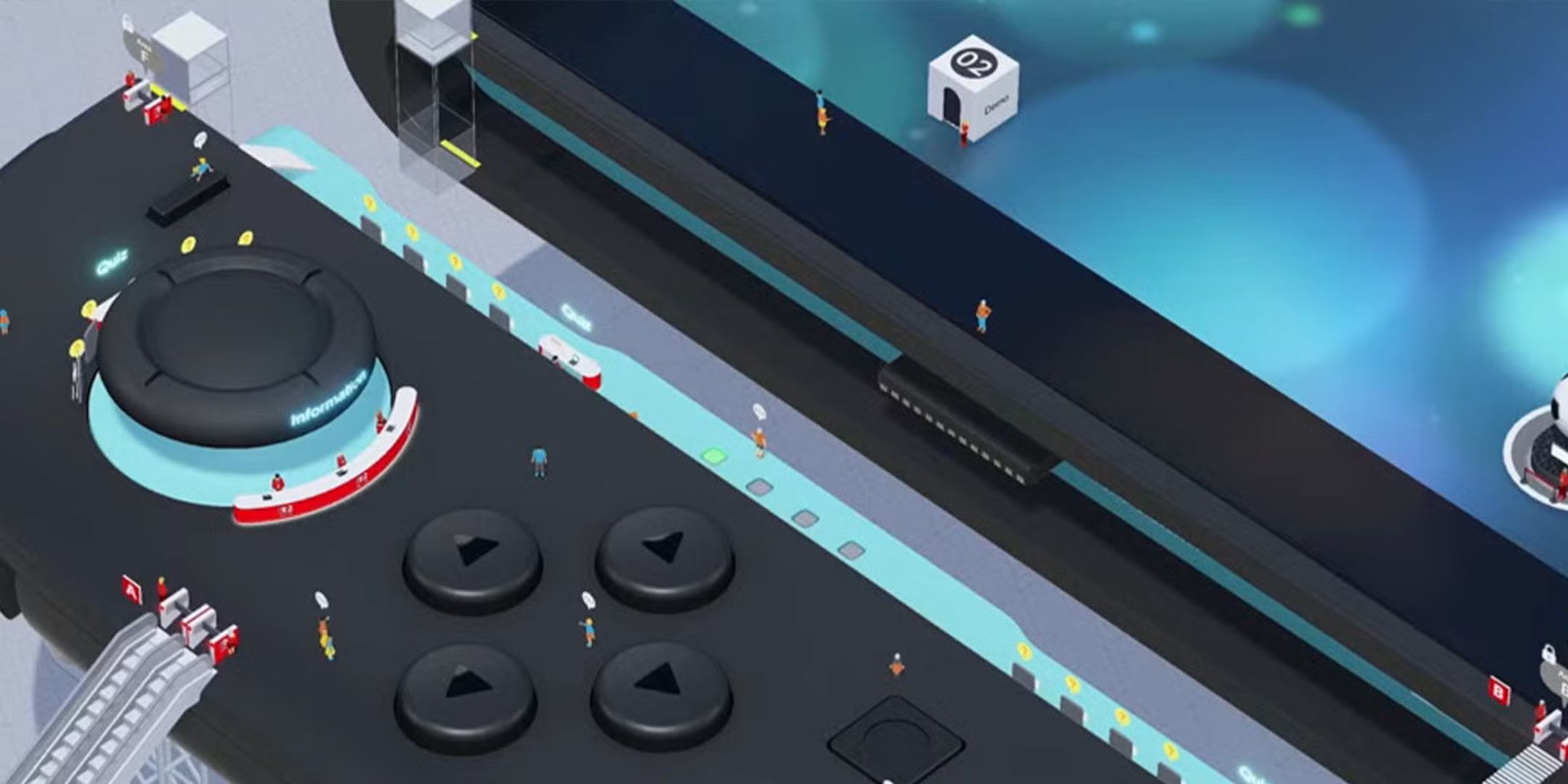With the Nintendo Switch 2 finally getting a full reveal, it’s clear just how much the console is an improvement over its predecessor. So much more powerful is the Switch 2 that it will be home to third-party games like Cyberpunk 2077 and Elden Ring—games whose presence on the original Switch would have been impossible.
The Switch 2 comes with many of the bells and whistles of other current-gen consoles: it will be capable of reaching framerates of up to 120 FPS and output to 4K when docked, and NVIDIA has recently confirmed that advanced features like ray-tracing and DLSS will appear on the new device as well. These new, modern features are a boon for the Switch 2, whose predecessor was often criticized for not matching the fidelity of its competitors, keeping it from being a viable alternative to PlayStation and Xbox. It’s unlikely that the Switch 2 will be as technically competent as the PS5 or Xbox Series X, but the steps Nintendo is taking in this direction are nevertheless promising, especially for third-party games. Having said all that, one major feature of the first Switch is actually not returning, which is a bit strange.

Related
Nintendo Switch 2 Welcome Tour Channels PlayStation’s Astro’s Playroom, But With a Catch
Nintendo seems to be following Sony’s lead with the Nintendo Switch 2 Welcome Tour, but with a bizarre catch that has baffled audiences.
The Nintendo Switch 2 Won’t Be Launching With an OLED Model
The Nintendo Switch 2’s Lack of an OLED Display Is Puzzling
The most significant hardware refresh during the original Switch’s lifetime was the Nintendo Switch OLED, a version of the console with a larger, better handheld display. As its name indicates, the OLED, or organic light-emitting diode, display is the greatest distinction between it and the base model, and this comes with a number of advantages.
OLED displays generally provide a more vibrant and color-accurate picture than LCDs—the screen type of the base Switch and the Switch 2. This is because they are not backlit in the way that LCDs are: each diode is transparent and creates its own light, making for a brighter image with greater contrast. Moreover, OLED displays are more energy-efficient than LCDs or LEDs, as each diode can be dimmed or turned off independently. In short, OLEDs are brighter, lead to longer battery life, and provide a better overall image than other electronic displays. They are also more flexible and lightweight, which allows for better build quality depending on the device.
OLEDs are also more eco-friendly than other display types, as they are made from organic materials and produce fewer emissions.
The strengths of OLED have come to define the second half of the Nintendo Switch’s legacy, so it’s strange that the Switch 2 will be omitting this style of display at launch. It’s quite possible that the Switch 2 will get a similar hardware refresh with an OLED display in a few years, but for now, the new console will be skipping it in favor of other visual upgrades.
Why Nintendo May Have Opted to Omit an OLED Display for the Switch 2
Nintendo’s decision to leave the OLED behind for its Switch successor might seem like an inexplicable move, but there are likely some practical reasons behind it. While OLEDs are indeed better than LCDs in many ways, they are also considerably more expensive, and often don’t last as long due to their greater susceptibility to heat and humidity damage; they also tend to fall victim to burn-in, which is when a static image is permanently retained due to component degradation.
So, it would seem that Nintendo might have abandoned the OLED to keep the cost of the Switch 2 as low as possible. After all, Nintendo’s consoles are more concerned with accessibility and wide appeal than enthusiast-level hardware specifications, and the aforementioned new features of the Switch 2—higher FPS, ray-tracing, et cetera—probably made for more expensive manufacturing. In essence, the lack of an OLED screen on the Switch 2 is a trade-off, and a potentially beneficial one at that.












Leave a Reply